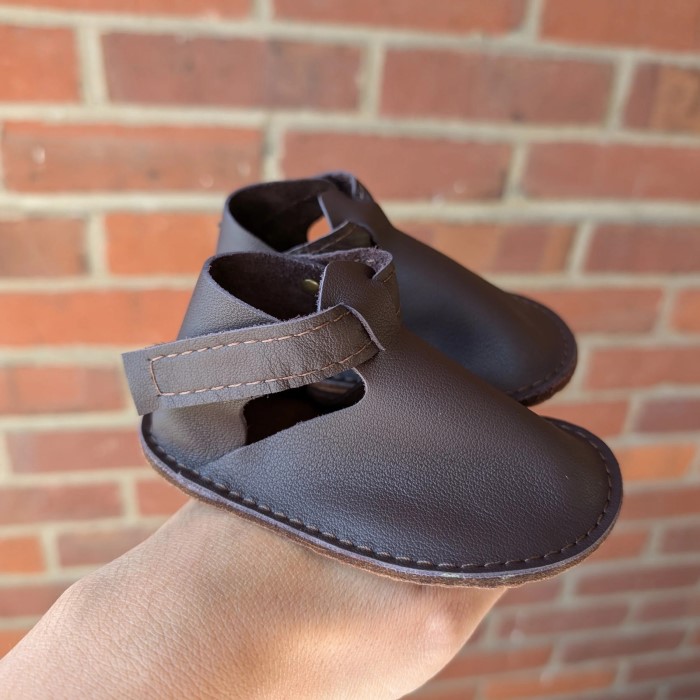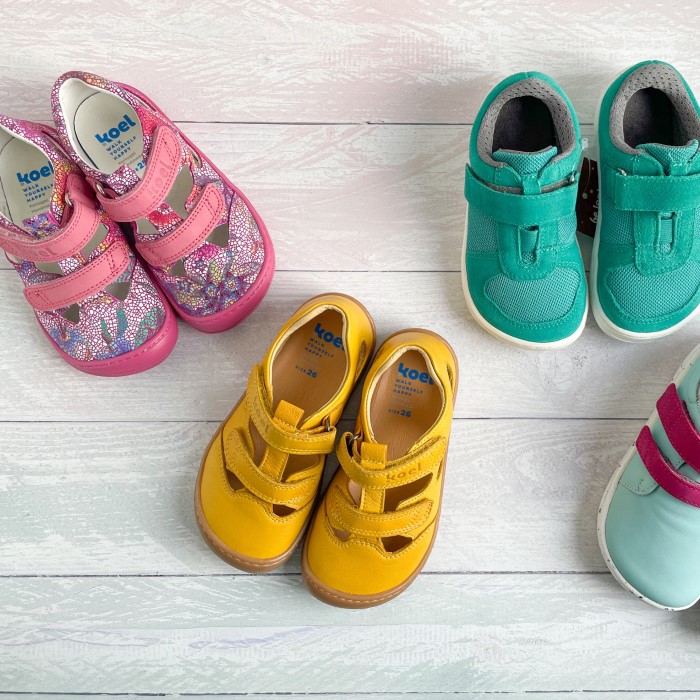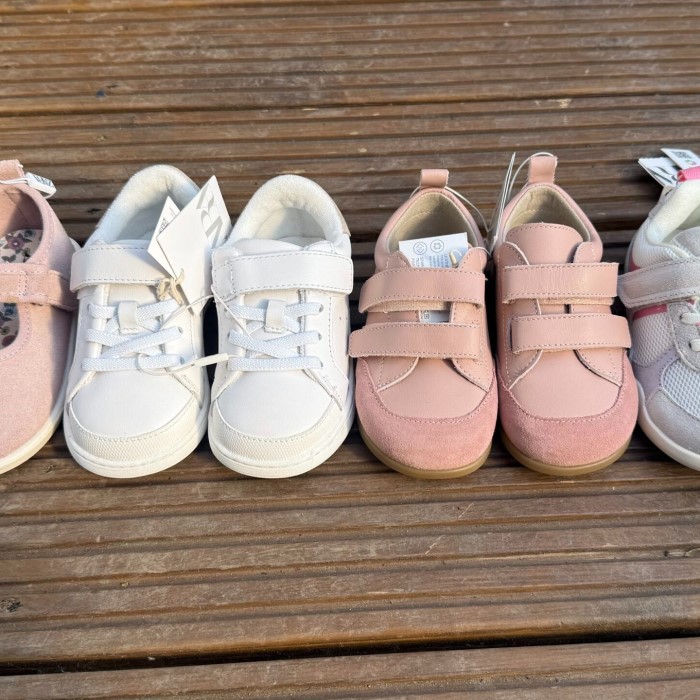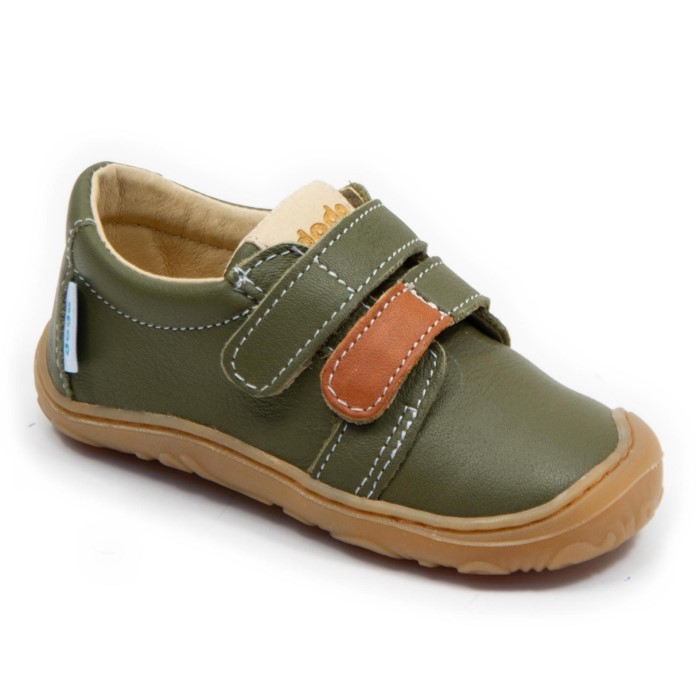Introduction
When it comes to the early stages of childhood, few milestones are as pivotal as learning to walk. As parents, we are often on the lookout for products that can facilitate and enhance this journey, ensuring our little ones have the best possible start. One important product that has gained popularity in recent years is baby barefoot shoes. These shoes are designed to mimic the natural feel of being barefoot while providing the necessary protection for little feet. This article will delve into how baby barefoot shoes promote natural walking, discuss their benefits, and offer guidance for parents seeking the best options for their children.

The Concept of Natural Walking
What Does Natural Walking Mean?
Natural walking refers to the way humans develop their gait and move from infancy through childhood. Infants begin by crawling, which leads to standing and, ultimately, walking. The development of a natural walking pattern is crucial for overall physical development and coordination.
- Stages of Development: Initially, infants explore their environment by crawling. As their core and leg muscles strengthen, they begin to pull themselves up and experiment with standing. Eventually, they take those first wobbly steps, which is a significant milestone.
- Importance of Healthy Gait: A natural walking pattern involves evenly distributing weight and maintaining balance. This is integral to a child’s overall coordination and motor skills. Proper footwear plays a vital role in facilitating this process.
Why Choose Barefoot Shoes?
Barefoot shoes are specifically designed to allow the foot to move as naturally as possible. Unlike traditional shoes, which may restrict movement, these footwear options enable children to feel the ground beneath their feet, enhancing sensory feedback.
Encouraging Natural Motion
- Full Range of Motion: Baby barefoot shoes are designed to provide a wide and unobstructed space for the toes and feet. This design allows babies to move their feet freely, promoting natural motion essential for healthy foot development.
- Facilitating Natural Flexing and Gripping: With their flexible construction, barefoot shoes encourage infants to engage in natural foot movements, such as flexing and gripping. These movements are crucial for developing coordination and strength in their feet.
- Importance in Walking Development: As babies begin to transition from crawling to walking, having the ability to move their toes and feet naturally is critical. It helps them adapt to the mechanics of walking more effectively, leading to better balance.
- Enhanced Balance and Coordination: The freedom of movement provided by barefoot shoes allows babies to develop their balance and coordination more efficiently. This is vital for their overall physical development and helps reduce the risk of falls as they learn to walk and explore.
- Connection to the Ground: Barefoot shoes provide a closer contact with the surface beneath them, which enhances sensory feedback. This connection helps infants understand their environment better and improves their spatial awareness as they gain confidence in their movement.
Promoting Muscle Strength
- Minimal Cushioning Benefits: Baby barefoot shoes typically feature minimal cushioning, which encourages children to rely on their own foot strength rather than artificial support. This natural approach fosters the development of essential muscle groups in the feet.
- Development of Intrinsic Foot Muscles: The intrinsic muscles of the foot play a key role in providing stability and balance. By using barefoot shoes, babies are encouraged to activate these muscles, which strengthens their feet over time.
- Adaptation to Various Surfaces: As children explore different surfaces while wearing these shoes, they engage and strengthen their foot muscles in varied ways. This exposure helps build adaptability, allowing them to navigate uneven terrains safely and confidently.
- Foundation for Future Activities: Strengthening foot muscles early on provides a solid foundation for future physical activities such as running, jumping, and playing sports. Strong foot muscles contribute to better overall coordination and agility as children grow.
- Support for Overall Physical Development: Promoting muscle strength in the feet is not only essential for walking but also for overall physical development. Stronger foot muscles contribute to improved posture and alignment, which are crucial as children continue to grow and engage in more complex movements.
Benefits of Baby Barefoot Shoes
1. Foot Development
One of the most significant advantages of baby barefoot shoes is their contribution to healthy foot development.
- Natural Shape: Barefoot shoes are typically wider at the toe box, allowing toes to splay naturally. This helps to promote the natural shape of the foot and can help prevent conditions like bunions in the future.
- Flexibility: The lightweight and flexible nature of barefoot shoes enables children to move their feet freely, which is necessary for developing strength, balance, and coordination.
2. Improved Balance and Coordination
Baby barefoot shoes help enhance balance and coordination in children, which is crucial as they learn to walk independently.
- Sensory Feedback: When children wear barefoot shoes, they experience more sensory input from the ground. This feedback helps them adjust their movements and become more aware of their body in space.
- Confidence in Walking: As children develop better balance and coordination, they gain confidence in their ability to walk. This confidence is vital for encouraging further exploration and physical activity.
Choosing the Right Baby Barefoot Shoes
1. Key Features to Consider
When selecting baby barefoot shoes, parents should look for specific features that support natural walking:
- Flexible Sole: The sole should be flexible enough to bend and move with the foot. This flexibility promotes natural foot mechanics and avoids restricting movement.
- Wide Toe Box: A wide toe box allows for natural splaying of the toes, which is essential for balance and comfort.
- Lightweight Construction: Shoes should be lightweight to prevent fatigue. When shoes are heavy, children may resist wearing them and become less active.
- Non-Slip Sole: Look for shoes with a textured or rubber sole that offers good grip, as this can help prevent slipping and accidents during play.
2. Fitting and Comfort
A proper fit is critical for ensuring the effectiveness of barefoot shoes.
- Sizing Matters: Always measure your child’s feet before buying shoes. Foot sizes can change frequently in young children, and proper measurements help ensure a comfortable fit.
- Try Before You Buy: If possible, take your child shopping so they can try on different pairs. Watch how they move in the shoes to see if they appear comfortable and confident.
FAQs
Are barefoot shoes good for babies?
Yes, barefoot shoes are well-suited for babies as they promote healthy foot development, allowing for natural movement and sensory feedback.
Do babies walk better with shoes or barefoot?
Babies typically walk best without shoes, as this promotes natural foot development and balance. However, when shoes are necessary (e.g., outdoors), barefoot shoes are the ideal choice.
Why do podiatrists not like zero drop shoes?
Some podiatrists express caution regarding zero-drop shoes, as they can lead to improper alignment if foot muscles are not sufficiently developed. It’s vital to transition into such footwear gradually.
Is it better to leave baby barefoot?
Leaving babies barefoot indoors is beneficial for promoting natural movement, balance, and foot development. However, when outside, protective footwear is necessary to safeguard against injury.
The Importance of Active Play
Active Play and Its Role in Development
Active play is essential for a child’s physical growth and overall development. It not only strengthens muscles and improves motor skills but also enhances cognitive function and social skills through interaction with peers.
- Encouraging Exploration: Barefoot shoes allow children to explore various terrains and environments. The sensory feedback they receive helps them learn how to navigate different surfaces confidently.
- Building Confidence and Coordination: As children engage in physical activities, their coordination and confidence improve. This positive reinforcement encourages them to keep exploring and enjoying movement.
Incorporating Baby Barefoot Shoes into Your Child’s Life
1. When to Start
Parents often wonder when to introduce barefoot shoes. The answer largely depends on the individual child.
- Crawling to Walking: If your baby is crawling and beginning to pull themselves up, it’s generally a good time to consider lightweight footwear to protect their feet during early walking attempts.
- Outdoor Play: Whenever your child is playing outside, barefoot shoes offer a balance of protection and flexibility, making them an excellent option.
2. Encouraging Natural Development at Home
Parents can support their child’s natural growth and development by encouraging activities that promote movement and exploration.
- Indoor Exploration: Allow children the freedom to walk and play barefoot indoors whenever safe. This helps them develop stability and confidence.
- Fun Activities: Incorporate fun physical activities like climbing, jumping, or playing with balls to promote strength and coordination.
Conclusion: The Key to Healthy Foot Development
In summary, investing in baby barefoot shoes is essential for promoting natural walking in children. These shoes support proper foot development, enhance balance, and encourage confidence during exploration. As your little one takes their first steps toward independence, providing them with the right footwear makes a significant difference in their comfort and development.
Encouraging your child to walk naturally while allowing them to experience different surfaces is crucial for their growth. With the right baby barefoot shoes, you can ensure that your child has the freedom to explore safely while nurturing the skills they need for a healthy, active life. By embracing the benefits of barefoot shoes, parents can set their children on a path towards confident and natural movement, paving the way for a healthy childhood filled with exploration and joy.



